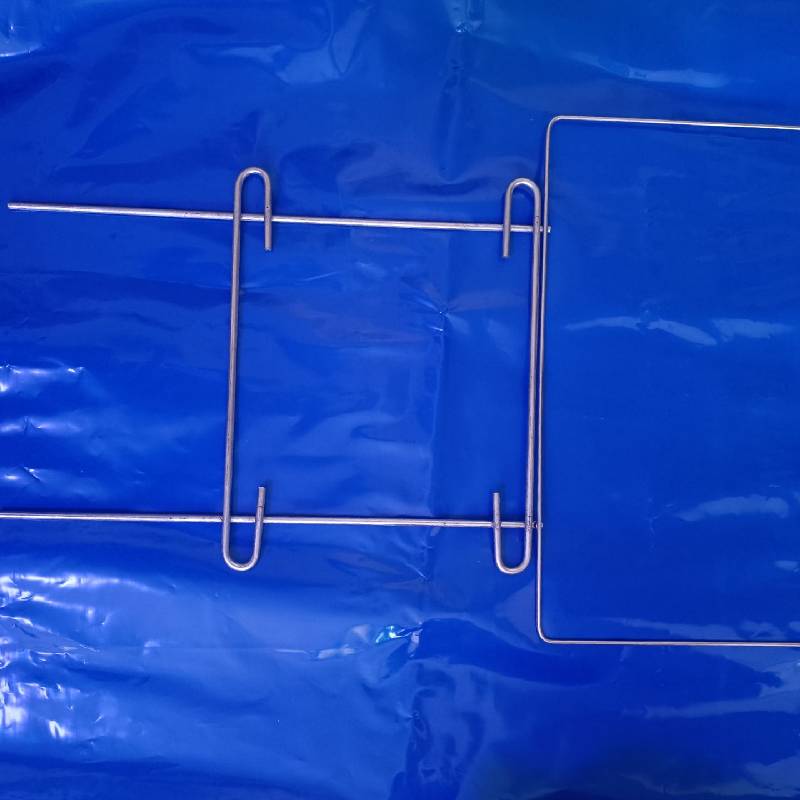
- Mobile Phone
- +8613931874955
- sales@cntcmetal.com
Design and Application of Flat Coil Torsion Springs in Mechanical Systems
Understanding Flat Coil Torsion Springs Design, Applications, and Benefits
Flat coil torsion springs are an essential component in various mechanical systems, providing reliable torque and rotation. They are a specific type of torsion spring that is characterized by a flat, coiled design, enabling them to accommodate unique spatial constraints while efficiently storing and releasing energy. This article explores the design principles, applications, and benefits of flat coil torsion springs in modern engineering.
Design Principles
Flat coil torsion springs are made from a strip of metal that is twisted around a central axis, forming a coil shape. The thickness, width, and material of the strip can be customized to suit specific load requirements and application contexts. Typically, high-quality steel or stainless steel is used due to its durability and tensile strength. The design of these springs can be further enhanced by applying a specific heat treatment, which improves their elasticity and lifespan.
One of the unique aspects of flat coil torsion springs is their ability to provide torque in both directions. As the spring is twisted, it stores potential energy, which can be released when needed to perform mechanical work. This characteristic makes flat coil torsion springs versatile in their application, as the same spring can often serve multiple purposes depending on how it is integrated into a system.
Applications
Flat coil torsion springs are used across a wide range of industries and applications. Some of the most common uses include
1. Automotive In vehicles, these springs are utilized in various mechanisms such as door latches and hoods, providing a reliable way to keep closures secure while allowing for easy opening.
flat coil torsion spring

3. Furniture In the furniture industry, flat coil torsion springs are employed in folding mechanisms and reclining chairs, allowing for comfortable and adjustable seating options.
4. Industrial Machinery Many types of machinery use flat coil torsion springs to balance loads, stabilize moving parts, or create tension that is necessary for operations.
5. Medical Devices In the medical field, these springs are found in various devices, such as wheelchair mechanisms or hospital beds, where reliable operation is critical for patient safety and comfort.
Benefits
The use of flat coil torsion springs offers numerous advantages. One key benefit is their efficiency in space utilization. Due to their flat design, these springs can fit into tight spaces where traditional round torsion springs may not be feasible. This compactness is invaluable in modern engineering, where devices are often designed to be smaller and more lightweight.
Another significant advantage is the consistent torque output across various applications. Flat coil torsion springs provide a steady release of energy, which is essential in maintaining the reliability of mechanical systems. This characteristic leads to fewer adjustments needed over time and prolongs the lifespan of both the spring and the system it operates within.
Furthermore, the adaptability of flat coil torsion springs is noteworthy. They can be engineered to meet the specific requirements of different environments, including those that are exposed to extreme heat, cold, or corrosive substances. This versatility means they can be used in specialized applications without compromising performance.
Conclusion
In conclusion, flat coil torsion springs are a vital component in many mechanical systems, offering unique design advantages, a wide array of applications, and numerous benefits. As industries continue to innovate and demand more efficient solutions, the role of these springs will only increase. By understanding their design principles and applications, engineers can make informed decisions about how best to incorporate flat coil torsion springs into their projects, ultimately enhancing performance and reliability across a multitude of sectors.
share:
-
Yard Sign Stakes: Reliable Guardians of Outdoor SignsNewsAug.04,2025
-
Wall Ties: Invisible Guardians of Building StabilityNewsAug.04,2025
-
Resilient Web: The Super Guardian Power of Concrete MeshNewsAug.04,2025
-
Masonry Accessories: A versatile assistant on building foundationsNewsAug.04,2025
-
Iron Binding Wire: the 'invisible reinforcement specialist' in the fields of architecture and industryNewsAug.04,2025
-
Dynamic Spring: The diverse functions and excellent performance of Wire Tension SpringNewsAug.04,2025
-
Your Source for Concrete Wall Ties and Masonry AccessoriesNewsJul.10,2025



















